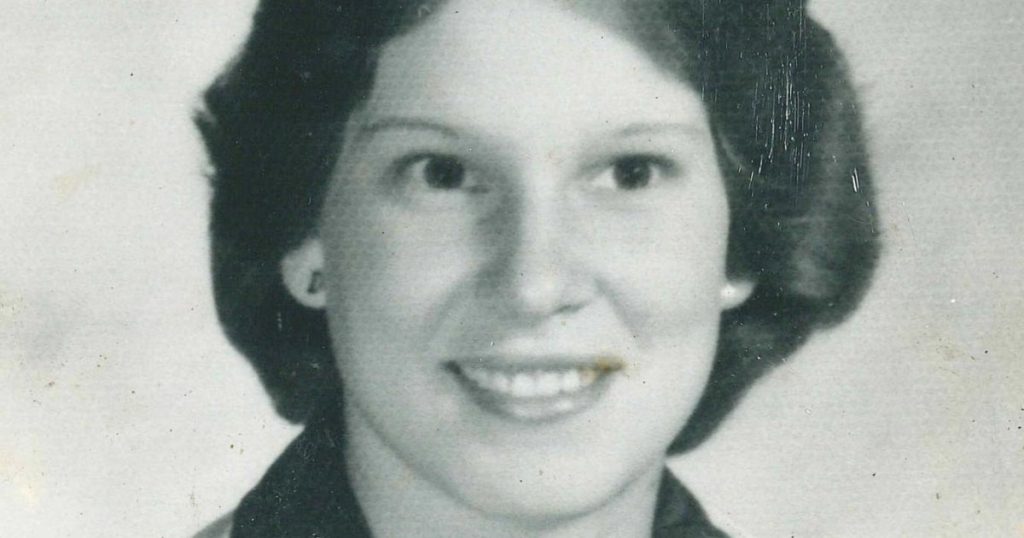Fugitive James Vanest was killed in a shootout with authorities in Ohio last month, and was identified as the suspect in the decades-old unsolved murder of 18-year-old Debra Miller. New DNA evidence conclusively linked Vanest to Miller’s 1981 murder, in which she was fatally beaten with an oven grate in her apartment. Vanest, who lived in the unit above Miller at the time, was never considered a suspect in the case until the recent DNA analysis.
The Mansfield Police Department reopened the case in 2021 and conducted a thorough analysis using advanced DNA techniques that linked genetic material found on various pieces of evidence to Vanest. The department also reported that Vanest had been interviewed by a detective in the past, during which the detective suspected Vanest was trying to create an alibi by explaining the presence of his DNA at the crime scene. When interviewed again in 2021, Vanest refused to speak further and requested a lawyer.
Following the revelation of Vanest’s involvement in the cold case, he sold his home in Canton, Ohio, and moved to West Virginia. After being stopped by authorities in West Virginia and found to be in possession of two guns, Vanest was arrested on state charges and later indicted for federal firearms crimes. When authorities attempted to serve him with the indictment at a Canton-area hotel in November, a gunfight ensued, resulting in Vanest’s death.
During the altercation at the hotel, Vanest barricaded himself inside a room and opened fire, injuring a member of the North Canton Police Department’s SWAT unit. Despite the tragic outcome, the Mansfield Police Department expressed hope that the resolution of the case would provide Miller’s family with some closure after 43 years of uncertainty. The department emphasized that while Debra Miller’s death cannot be undone, the identification of her killer brings some measure of justice to her memory.
The case of Debra Miller’s murder serves as a reminder of the importance of diligent investigative work and the power of modern forensic techniques in solving cold cases. The use of advanced DNA analysis played a crucial role in establishing Vanest’s guilt, highlighting the significance of evolving technology in criminal investigations. Additionally, the case underscores the enduring impact of violent crimes on the victims’ families and communities, as well as the dedication of law enforcement agencies to pursuing justice for victims even decades after the fact.
The tragic events surrounding the resolution of Debra Miller’s murder case demonstrate the challenges and dangers faced by law enforcement officers in the line of duty. Vanest’s violent response to the authorities’ attempts to apprehend him underscores the risks involved in serving indictments and apprehending dangerous suspects. Despite the outcome of the shootout, the authorities involved in the case displayed bravery and determination in their efforts to hold Vanest accountable for his crimes and bring closure to the long-standing mystery of Miller’s death.













